The Arbroath Picture House was a testament to local trade and industry when it was opened in quick-fire time on Christmas Day 1930.
After just 22 weeks of construction, it was described at its opening as one of the “best provincial picture houses in Scotland”.
The cinema started life during the golden age of cinema and despite changing hands many times over the years it managed to survive until its final reel 50 years ago.
The Grade-B Listed building became a bingo hall and still stands strong today.
To mark five decades since the final credits rolled, we have opened DC Thomson’s archives to look back at how it all began for this forgotten cinema treasure.
Life and times
At one time Arbroath boasted three cinemas.
The first of these was the Olympia Theatre owned by North of Scotland Entertainments Ltd.
The company, which had a number of Arbroath shareholders, acquired a lease on the old Corn Exchange in Market Place in 1912 and the cinema was opened on July 8.
The second was built on the site of the old Palace Theatre and opened on May 13 1940.
It was operated by Associated British Cinemas (ABC) and was the only Scottish ABC entirely designed by their in-house architect William R. Glen.
It featured his trademark features of a double height foyer, decorative splay wall grills, and wide auditorium which curved in towards the 38ft-wide proscenium.
The third property was the Picture House on the High Street.
Arbroath Picture House was developed by the Arbroath Cinema Co Ltd in 1930.
Initially the Royal Hotel, the original building that would eventually house the Arbroath Picture House was built in the 1850’s and had a Renaissance style exterior.
It was bought by the Cinema Company and development began in August 1930.
An auditorium was built at the rear of the hotel, using a part of its old façade as an entrance.
After a mere 22 weeks the cinema was completed and local newspapers reports from the time said it was a testament to rapid and highly organised construction.
Local architects and contractors worked tirelessly to lay the foundations and construct the modern super-cinema.
None of the essentials were compromised in the company’s desire to build quickly; public safety and comfort, as well as the quality of sound and video, were the basis of the project.
It provided seating accommodation for 1,036 patrons.
Another from our exhibition space- a programme from The Picture House, 'Arbroath's Own Sound-Cinema', June 1940. pic.twitter.com/pAtfeA23hH
— National Library of Scotland at Kelvin Hall (@nlskelvinhall) July 27, 2017
Once completed, the Arbroath Picture House boasted two foyers “tastefully decorated in plastic paint”.
It was a pioneer of modern cinema layout and one of the first to separate its operating room from the main building.
The gap between the back wall of the auditorium and the front wall of the operators’ box had six to nine inches of air space.
This made the area as safe as it could possibly be as in the event of a fire, it would be practically impossible for the flames to reach the auditorium and the audience except after a long lapse of time.
It also stood out from the crowd.
The Picture House sign was illuminated at night in red neon with the surrounding border in green neon.
Either side of the sign were torches which also lit up making it an unmissable local landmark on dark evenings.
Opening celebrations
The opening ceremony for the town’s brand new cinema was a festive affair on December 25 1930.
Arbroath Cinema Company Director, Mr John Lamb, gave an opening speech before the cinema was formally opened by Provost Chapel.
He said: “It will be the strenuous endeavour of the management of the theatre to provide the public of Arbroath and district with an entertainment which would be clean, wholesome, and attractive.”
Provost Chapel said he considered it a great honour to be asked to open such a beautiful theatre in which Mr Lamb had the privilege of being the first “talkie”.
The provost also pointed out that building the Arbroath Picture House had employed many people in the area.
Now it was open, he said it would continue to employ the town’s finest to keep it running.
The money for the cinema was reported by The Courier at the time to have been sourced locally.
It was in every sense a true Arbroath venture and the capital obtained ensured the company could buy comfortable seating for the patrons, and decorate in a “pleasant and artistic way”.
The heating and lighting had been constructed by Arbroath company – Messrs Keith and Blackman – and they provided the picture house with the most modern systems available.
After the opening speeches, a two-hour programme was shown on the brand-new screen.
At 3pm a showing of Chasing Rainbows starring Bessie Love and Marie Dressler was shown in colour.
From then on the Arbroath Picture House opened twice nightly at 6.30 and 8.40.
Ticket prices began at just six pence for kids, and adults could attend for a total of one pound and three shillings.
William Page
Mr William Page was the cinema’s first manager.
He received his early training in the cinema business at a picture house in Buckhaven.
The Fifer then held managerial posts across Fife and Edinburgh before he took charge of The Globe in Buckhaven for the Fifeshire Cinema Company.
Later, he was in charge of the Regent Cinema in Leven where “talkies” had been installed for almost a year before he took up the job in Arbroath.
Mr Page embraced his new surroundings and was soon following the fortunes of Arbroath FC and had become a member of the Newgate Bowling Club!
The dying age of cinema
In its heyday Angus was home to no less than 14 picture houses in that golden age of cinema.
As well as those in Arbroath, there were also two each in Montrose, Forfar, Brechin and Carnoustie and one in Kirriemuir and one in Monifieth.
The brief boom was brought to a shuddering halt by the rise of television and the silver screens suffered widespread closures in the 1960s and 1970s.
Arbroath’s Picture House was acquired by Kingsway Entertainments Ltd in 1970.
This Kirkcaldy-based company also owned the Palace cinema in the town and by 1972 it was concluded that a lack of footfall meant the town could not support both outlets.
The Arbroath Picture House then closed as a full-time cinema and eventually became a Gala Bingo Club.
It was re-named Buzz Bingo Club in June 2018.
The cinema at the Palace Theatre was also converted into a bingo hall in the 1980s and then demolished in the early 1990s.
Over the next decade there were various campaigns and efforts made to bring the movies back to Arbroath.
The magic of the silver screen returned to Arbroath in 2014 when Chalmers Nightclub was transformed into a cinema for a few one-off showings.
They were hugely successful and the movies soon replaced the dancing.
The commercially-operated movie theatre has since gone from strength to strength.
Today it shows the latest blockbusters at its waterfront venue which means locals no longer need to travel to Dundee or Aberdeen to watch the latest cinema releases.
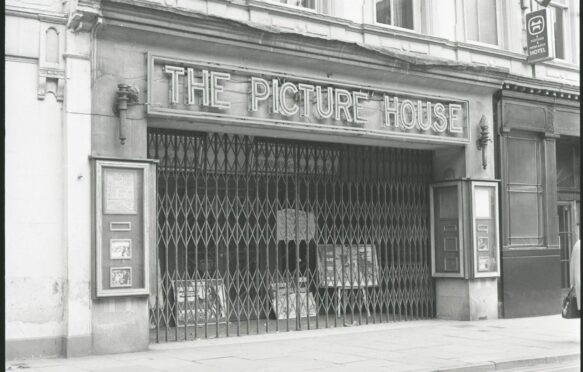
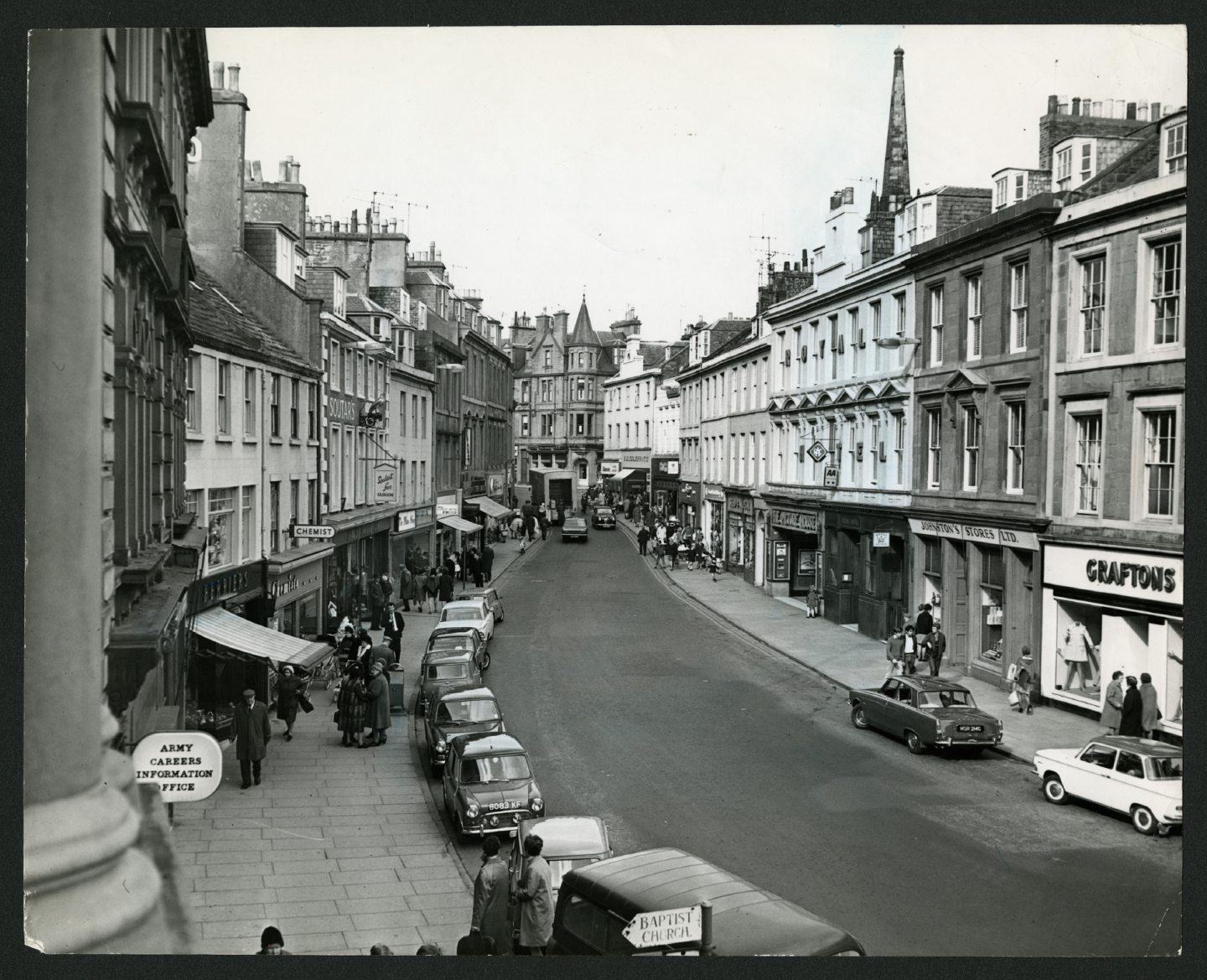

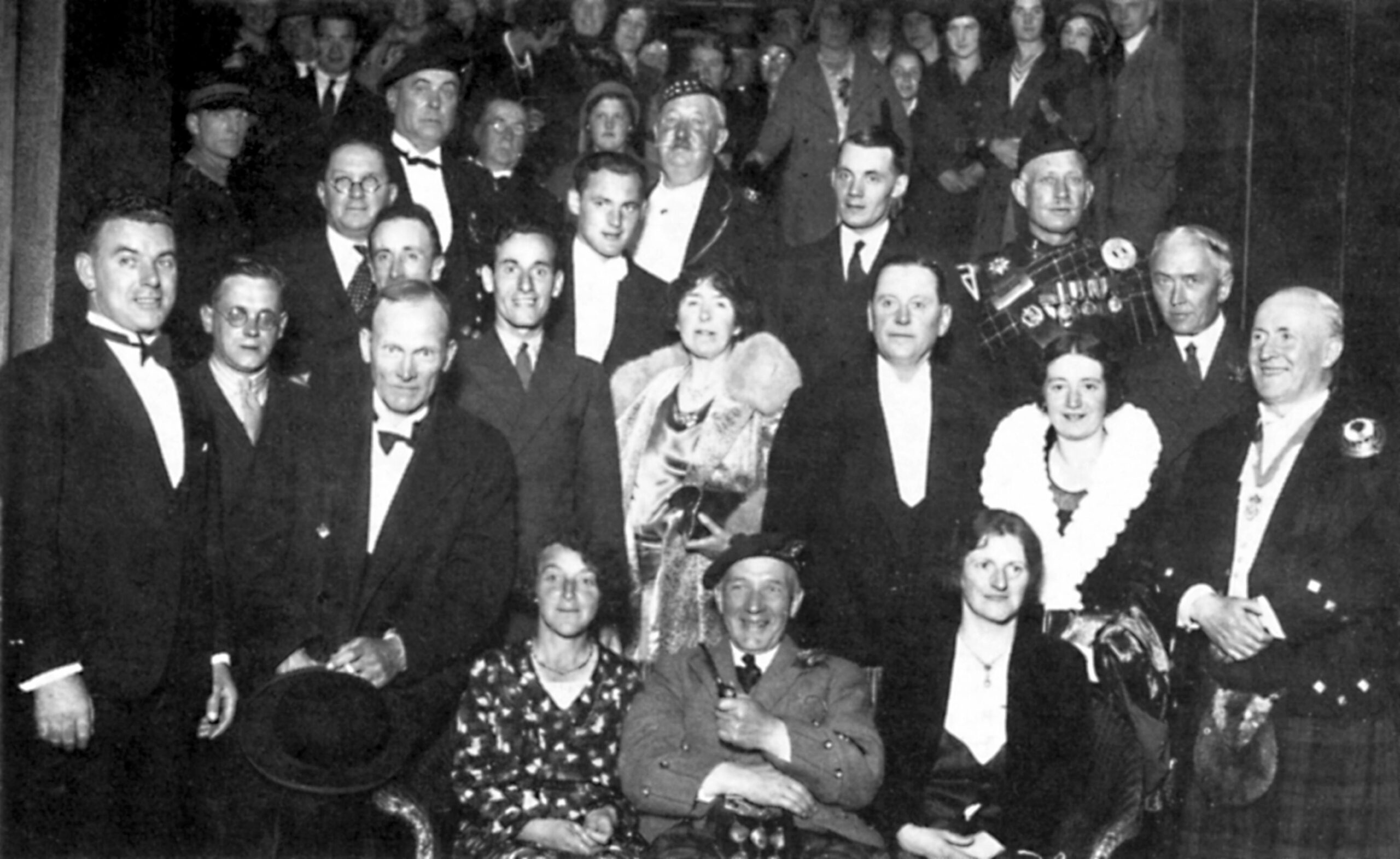
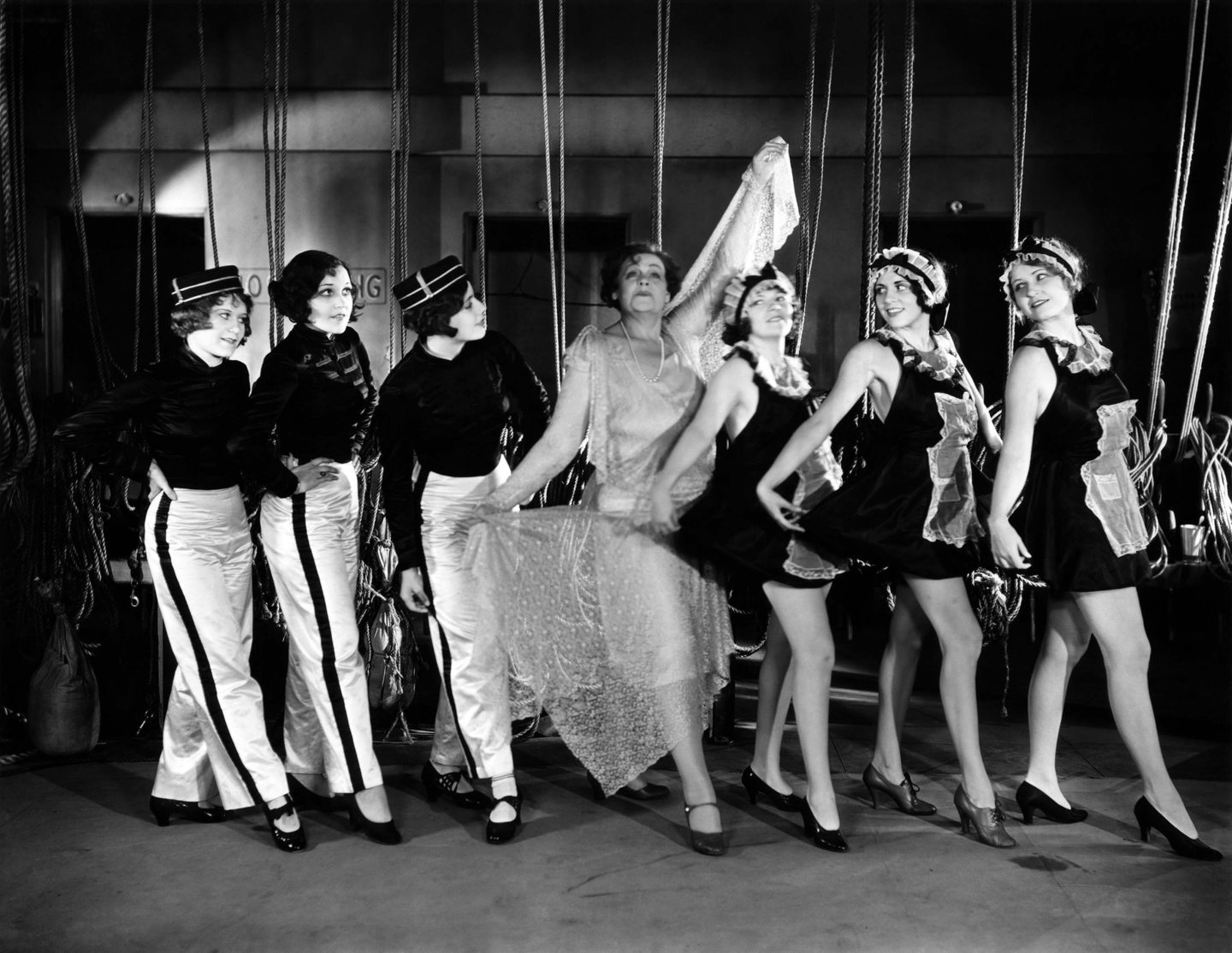









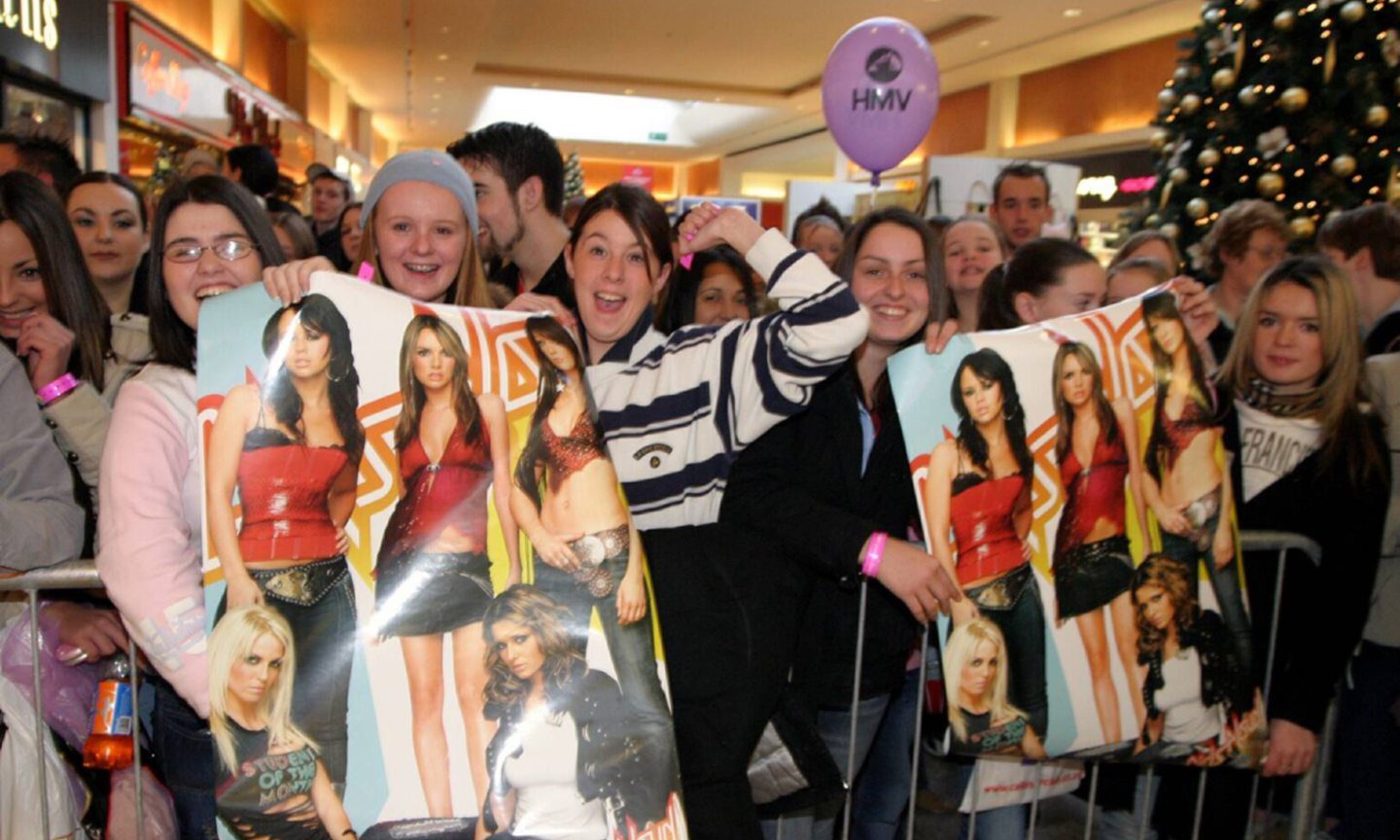
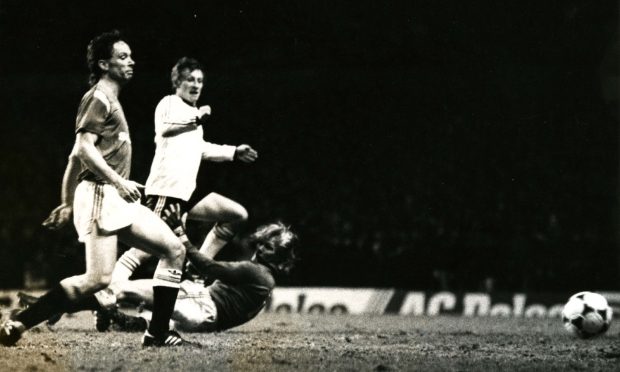
Conversation